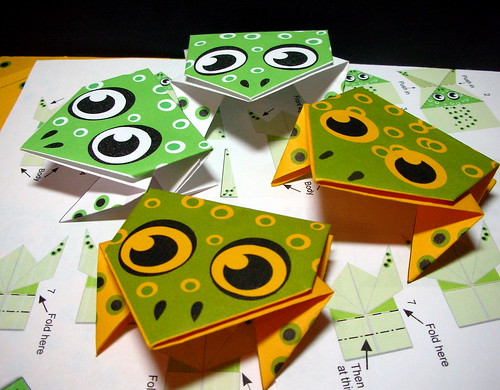

[kml_flashembed movie="http://www.youtube.com/v/rc9lVHvfzMY" width="425" height="350" wmode="transparent" /]


[kml_flashembed movie="http://www.youtube.com/v/rc9lVHvfzMY" width="425" height="350" wmode="transparent" /]
Acoording to the people from Web 2.0 Guru,
from: http://www.centerforpubliceducation.org/site/c.lvIXIiN0JwE/b.5056861/k.BDD0/Home.htm
EXTRACT:
Between 2002 and 2007, cell phones displaced landline telephones as the technology Americans say would be hardest to give up. Not only that, in just half a decade cell phones and the Internet both unseated the second most indispensable technology in 2002—the television. According to the researchers who published those findings, the numbers signaled an abrupt change not just in how but where people are accessing information: An astonishing 62 percent of Americans said they use mobile technology to access
digital data and tools “on the go” outside of their homes and workplaces.
The LearnEnglish Kids site from British Council has changed. Now it has a new layout and it looks great!
See how they define it: Welcome to new LearnEnglish Kids! All your favourite games, songs, stories and activities are here. You can search for your favourites, or have a look at the new Explore section and find out where everything is.
Become a member and you can add comments to the site, and make your own cool character!
[kml_flashembed movie="http://www.youtube.com/v/okZBiy_IdBA" width="425" height="350" wmode="transparent" /]
INFORMATION: http://www.woodlands-junior.kent.sch.uk/Homework/swater.html
What is the Water Cycle?
The Water Cycle (also known as the hydrologic cycle) is the journey water takes as it circulates from the land to the sky and back again.
Interactive Game
Can you put all the labels in the right places?
Why do we need the water cycle?
The Earth is covered by water, however, almost 97% is salt water found in the oceans. We can not drink salt water or use it for crops because of the salt content. We can remove salt from ocean water, but the process is very expensive.
How many processes make up the water cycle?
There are six important processes that make up the water cycle.
Transpiration – As plants absorb water from the soil, the water moves from the roots through the stems to the leaves. Once the water reaches the leaves, some of it evaporates from the leaves, adding to the amount of water vapor in the air. This process of evaporation through plant leaves is called transpiration.
This is the result of 6th graders making virtual posters about the life of the American singer Jason Mraz. Click on each link to see the different posters they have prepared in groups. This activity was done by using ![]() .
.

The Bests: http://poster.4teachers.org/view/poster.php?poster_id=374955
Los tigres: http://poster.4teachers.org/view/poster.php?poster_id=374948
nupama: http://poster.4teachers.org/view/poster.php?poster_id=374947
RCE: http://poster.4teachers.org/view/poster.php?poster_id=374946
By the way, here’s the link to the song we’ve done in class. ENJOY!
[kml_flashembed movie=”http://www.youtube.com/v/9e-J-EtJfXY” width=”425″ height=”350″ wmode=”transparent” /]
found at: www.primaryresources.co.uk/
Label words are simply dragged and dropped into the correct place in the picture. When all words have been placed the user clicks on the check button to get feedback on their selection.
Materials1 lesson outline
The materials sorting and labelling application is a simple to use science vocabulary exercise. Label words are simply dragged and dropped into the correct place in the picture.
Materials2 lesson outline